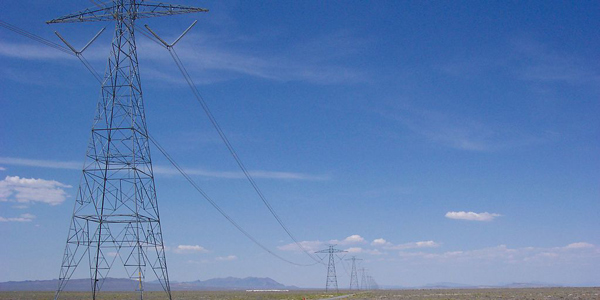By Jason Fordney
In what spelled a victory for CAISO’s Department of Market Monitoring, FERC on Friday approved a set of changes to the ISO’s congestion revenue rights auction to address a market the Monitor and state regulators contend forces ratepayers to become unwitting partners in losing transactions.
The most significant — and controversial — change approved by FERC limits allowable source and sink pairs for CRR transactions to those that align with typical supply delivery paths. Transactions using non-delivery sources and sinks currently (such as between two generator locations) represent about 81% of the auction shortfall, the ISO noted in arguing for the change. FERC acknowledged that the elimination of some source-sink pairs from the auction process will limit market participants from using certain non-delivery paired CRRs as hedges.
Protesters failed to persuade the commission that the changes were discriminatory or violate open access by eliminating legitimate financial hedging opportunities. CAISO received pushback on the proposal during its development because it staunches a lucrative flow of profits to financial traders, but ISO said the current structure pays out about $100 million a year more in CRR revenues from the day-ahead market than bidders paid in the CRR auction.
Other parties offered alternative proposals to address the revenue shortfall, including changes to CRR modeling and different auction structures. But FERC said the question before it was whether CAISO’s proposal is just and reasonable, not “more or less just and reasonable than protesters’ proposed alternatives.”
“We note that CAISO has an ongoing stakeholder process, which is the appropriate forum for market participants to discuss any further changes to CAISO’s CRR auction process,” FERC said (ER18-1344).
“We find that, on balance, the potential loss in market functionality is acceptable given the scope of the auction revenue shortfall CAISO is attempting to remedy,” the commission said.
Another Tariff change will require the CRR process to use an annual transmission outage reporting requirement more closely aligned with day-ahead models, alleviating the auction shortfall and making expected payouts to CRR holders more predictable and less volatile. CAISO’s analysis had found that a misalignment between transmission outage reporting data and the auction model was another key driver of the auction shortfall. Outages that impact congestion and capacity in the day-ahead process were not reflected in the CRR auction model, causing the system to be modeled with fewer constraints.
Under the changes approved by FERC, participating transmission owners must submit all known and planned maintenance outages affecting the CRR process for the following year by July 1, earlier than the current requirement of Oct. 15. While this change had support among several trading and energy companies, Pacific Gas and Electric and Southern California Edison said the reporting is too early and might reduce the flexibility of market participants to schedule outages. FERC said the new outage requirement will increase auction flexibility.
Among the protesters to the proposal as filed were the Western Power Trading Forum, Calpine, DC Energy and Vitol, who said CAISO’s changes will restrict legitimate hedging activity. CAISO referred to the changes approved by FERC last week as “Track 1A,” which the Board of Governors approved in March. (See CAISO Moves Ahead With Market Changes.)
More Changes Afoot
The CAISO board last month approved “Track 1B” changes to tackle who pays for revenue inadequacy, which now go to FERC for approval. (See CAISO Board Approves More CRR Auction Changes.) The 1B changes alter the current process in which all revenue inadequacy is allocated to measured demand, which includes electricity load and exports. That process does not consider the location of constraints on the system and creates an incentive to profit from differences between the CRR auction model and the day-ahead market model.
A second component of the 1B changes reduces the amount of system capacity released in the annual process from 75% to 65%, to provide greater assurance that CRRs obtained in the annual process will be feasible in the monthly process and reducing the amount of payment reductions resulting from revenue inadequacy charges.
The changes approved by FERC last week will be in effect for the 2019 CRR auction, which begins this month. The Track 1B changes are targeted to improve efficiency of the monthly CRR auctions to be held in 2019.
CAISO unveiled its plan to overhaul CRR auction earlier this year in response to a long-running complaint by its Monitor, which argued that financial interests have saddled ratepayers with more than $500 million in excess CRR-related costs over the past five years. (See CAISO Overhauling CRR Auctions.)





